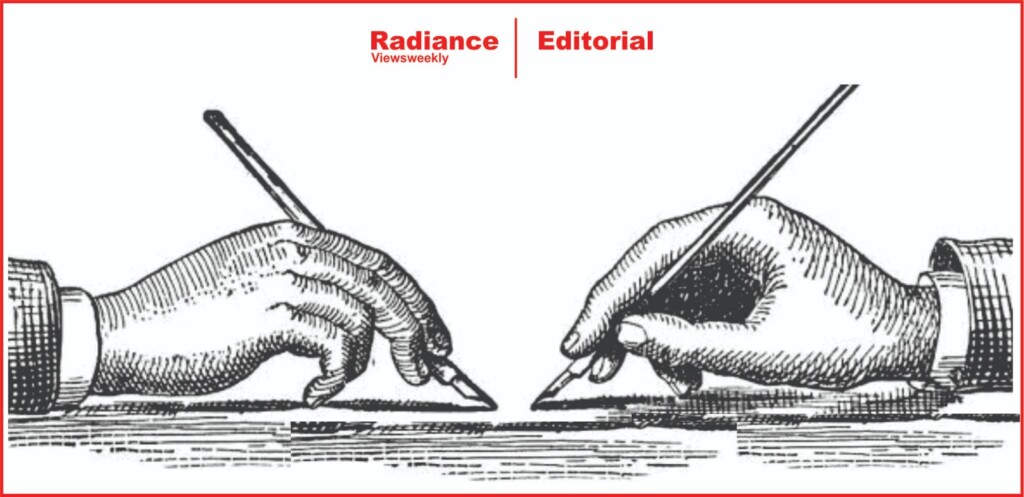India broke the shackles of foreign bondage on 15th August 1947 and became an independent nation. It was a historical day in our national life. Within two years, our Constituent Assembly gave us a democratic Constitution,which ensures liberty, equality, and fraternity to every citizen. Besides, it envisages a countrywide fraternity of all Indians without any discrimination of caste, colour, sex or religion. As regards the government and administration, it says that secularism would be the bedrock of government policies and parity of all religions, faiths, and beliefs would be the basis of national policies. No preference would be given to any religion. Thus the government would be secular and will respect all religions and faiths as equal.
But from the very beginning, there were some people who wanted preference for Hindus and had been nursing the dream of Hindu Rashtra. The standard bearer of this view was Rashtriya Swayam Sevak Sangh (RSS). They nursed a sort of hatred for Muslims, Christians and Dalits. As RSS was allegedly involved in the murder of Mahatma Gandhi, the Father of the Nation, it lay low for about two decades. Afterwards, it promoted a political party named Jana Sangh which later on, after lifting of Emergency, got the avatar of BJP.
The party right from its inception had many negative and anti-democratic trends. Later on, it adopted a policy of invoking Hindu religion and Hindutva. From day one communal thinking and hatred of Muslims was in the blood of the party. Gradually it started a movement for demolition of the 450-year old Babri Masjid and construction of a Ram Temple at the debris of the Babri Masjid. The Supreme Court has clearly said that there was no temple at the site of Babri Masjid.Ram Chandraji is not a historical figure. No historian can say when he was born, in which year and which age. At the most he can be taken as a mythological figure. The all-holds-barred movement for Ram Temple gave rich dividends to the BJP in regional and national elections. It was used in addition to the divide and rule policy and other divisive agendas. The movement for demolition of Babri Masjid and construction of Ram Temple provided immense political power to BJP in central and state governments.
As only Ram Temple is not enough to sustain power, the parivar is always in search of fresh issues. Other issues the parivar has been using are spreading hatred against minorities, especially Muslims, and dishing out propaganda that it is the sole possessor of patriotism while other communities and parties are pseudo-secularist and anti-national.
The demolition of Babri Masjid was the greatest example of terrorism which changed the political trends and poisoned the minds of a large part of north Indian Hindus. Now we find that the ruling party has adopted several anti-democratic policies. It has succeeded in marginalizing the Muslims. Besides, the party has greatly benefited from opaque Electoral Bonds and corrupt industrialists and capitalists.
India, owing to its multi-ethnic and pluralistic structure can succeed only through all-inclusive, broadminded and fraternal policies. Otherwise, the very unity and integrity of India would be in peril. In this regard, we can learn a lesson from what Hitler did to Germany in the first half of the 21st century.


